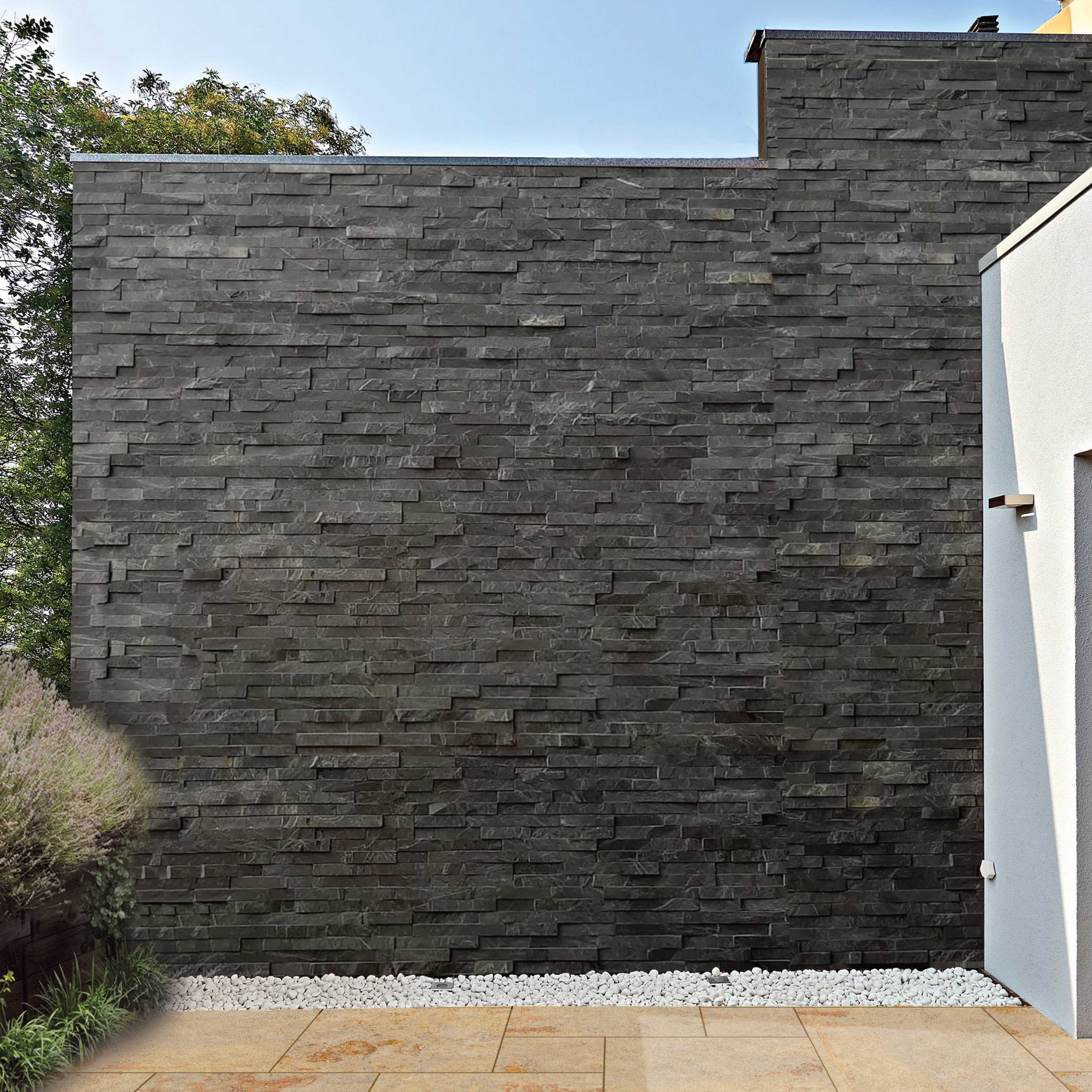Dry Stone Walling - 8 Different Types of Stone Walls
Apr 13, 2023
When there is a ready supply of stone, dry stone walling is the best construction type. Compared to other fencing types, they have a longer lifespan (often between 100 and 200 years) and frequently outlast mortared masonry buildings. A dry stonewall can be rebuilt with the same stone when it eventually fails.
A dry stone wall can be built using stones, including Granite, Brick, Slate, and other stones. Every material possesses its quality and uniqueness. So, you need to understand and choose a suitable stone wall that fits your budget and style best.
We’ve discussed some of the best types of dry stone walling. However, choosing a perfect stone for a walling system brings a thing of beauty to any place. Moreover, if you are looking for different types of stones, you should consider reading this article till the end.
But first consider reading about dry stone walling.
What is Dry Stone Walling?
Dry stone walls have been around for years and are durable as they do not contain mortar. They are held using the weight of the stones. The strength and durability depend on how the stones are stacked. Professionals and experts build the beautifully looking dry stone wall.
Some great examples of dry stone walls were built thousands of years ago and are still standing today. Some consider this type of stone wall better than a mortared wall. Dry stone walling allows water to pass through it. On the other hand, mortared walls invite moisture.
Different Types of Dry Stone Walls
Here are the different types of stones that you can use to build dry stone walls. You can choose any material that fits best your budget.
1. Colonial Wall Stone
Colonial wall stone is a type of flat stone that comes from bluestone quarries and is produced from discarded pieces that aren’t suitable for large patio patterns. This type of stone is freshly quarried and comes with a flat face that makes it a softer stone. They are easy to work with a hammer and chisel. They produce a clean, consistent finish with a tight-fitting that builds a durable walling system.
2. Antique Granite Wallstone
This dry stone walling system refers to the quarried white granite. Granite that has been mined is typically divided into rectangular pieces that are simple to piece together to form a good, snug-fitting wall. Old granite works well for dry stacking or, if necessary, mortaring.
3. Fieldstone Walls
Fieldstones are harvested from the ground or field, and that’s why they are referred to as fieldstones. This is not a particular type of stone but a name given to any stone produced from a field. The best part about fieldstone is that it is suitable for any stone wall, whether large retaining walls or low freestanding walls. They come with a lower finish level, i.e., this stone’s face is not flat and consistent. However, if properly cared for, it can achieve an excellent finish that enhances the look of any area.
4. Limestone Walls
Another one of a natural stone type that brings a pleasing look and a durable solution to a dry stone walling system. Limestone comes in various colours, shapes, and sizes, bringing a natural finish to a wall. This type of material is frequently used for curbing steps, cobbles, etc.
5. Concrete Walls
Concrete wall blocks are not natural, which means they are manufactured products. These blocks are available in various designs with various technical systems and specifications. They can be installed much more quickly than natural stone walls because they are dry-laid structures. Natural stone walls are often more expensive than concrete block walls. Moreover, concrete blocks look attractive and are effective.
6. Sandstone Walls
Another type of dry stone walling includes sandstone. These stones are irregularly cut into pieces, so they are laid perfectly without using mortar or adhesive. You can create a unique sandstone walling system with various colours, sizes, and shapes.
7. Mosaic Wall
Mosaic or split face wall is any recently broken fieldstone or quarried stone wall. The stone has been split, leaving one extremely flat side used to face the wall. In this kind of system, facing the wall first, rather than stacking the stones for strength, is the primary goal. It is more straightforward to obtain a smooth, level surface with split face stone, but a conventional stone wall loses part of its visual weight and authenticity.
8. Large Hedging Stone Wall
This type of stone is suitable for large dry stone walling systems and hedges. They provide a natural and unique look. The pieces are enormous and cannot be handled without machines. Splitting can also be done to handle these stones.
Conclusion
You can incorporate these different types of dry stone walling systems into any area. However, ensure you get this walling system installed by professionals and experts. Otherwise, you might end up ruining your area.


